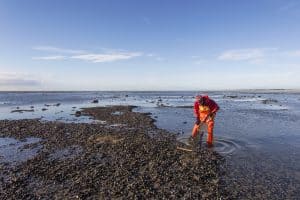 It is common for people to play cliché bingo, where one notes down all of the cliché’s a person, usually a boss, is using and when all of the clichés have been used, BINGO! You’re job may end at that point so a silent BINGO may be best.
It is common for people to play cliché bingo, where one notes down all of the cliché’s a person, usually a boss, is using and when all of the clichés have been used, BINGO! You’re job may end at that point so a silent BINGO may be best.
This exercise can be fun, particularly at conferences, but clichés can be hazardous as they can reinforce poor understandings and compound the simplification of complicated ideas or ideas that should be complex and addressed. Occupational health and safety (OHS) has some major clichés that need to be called out and examined.






